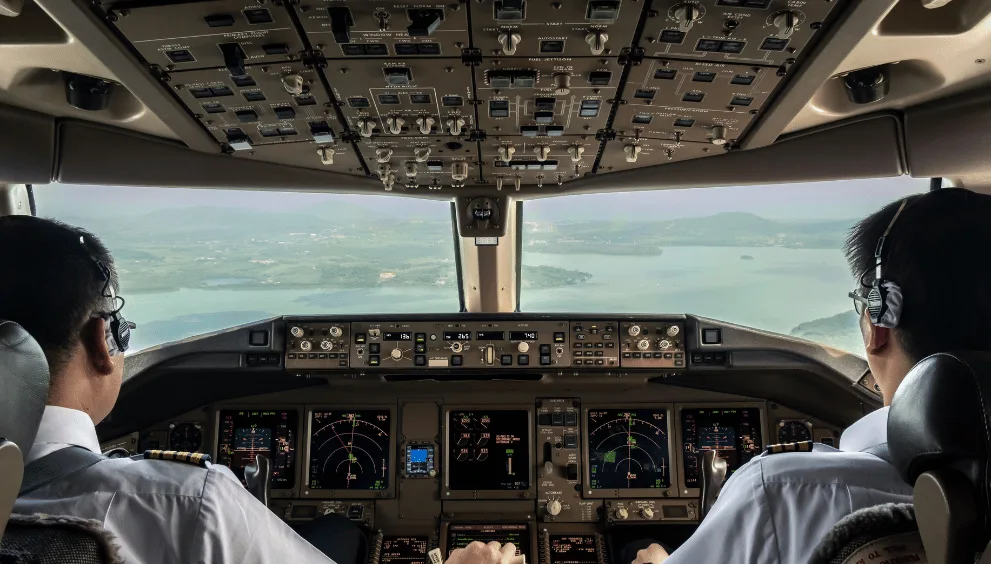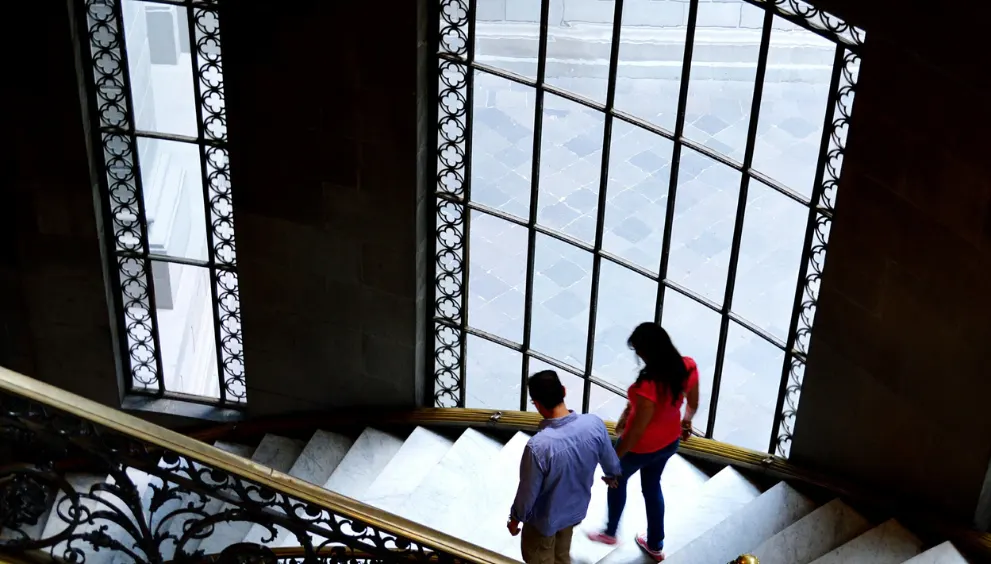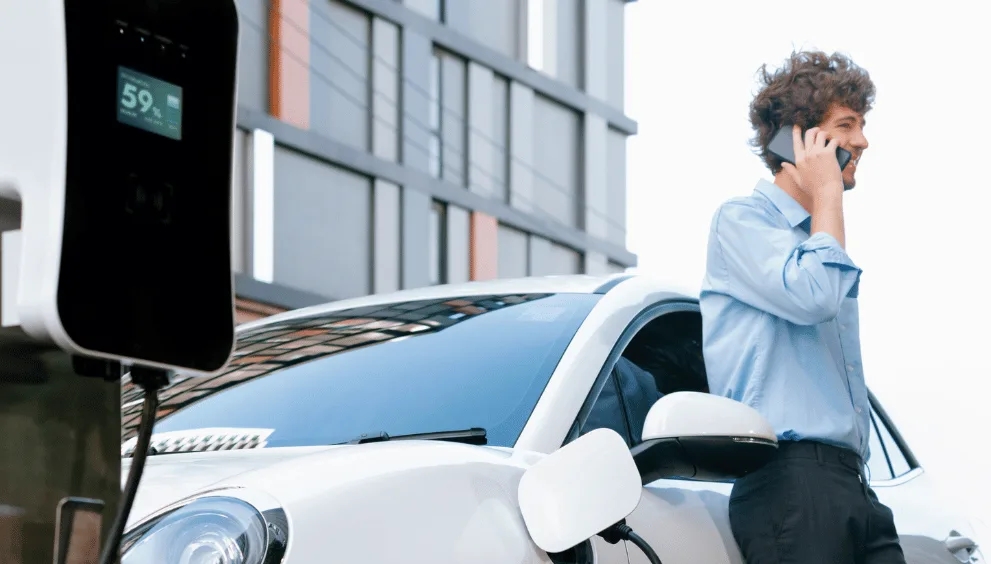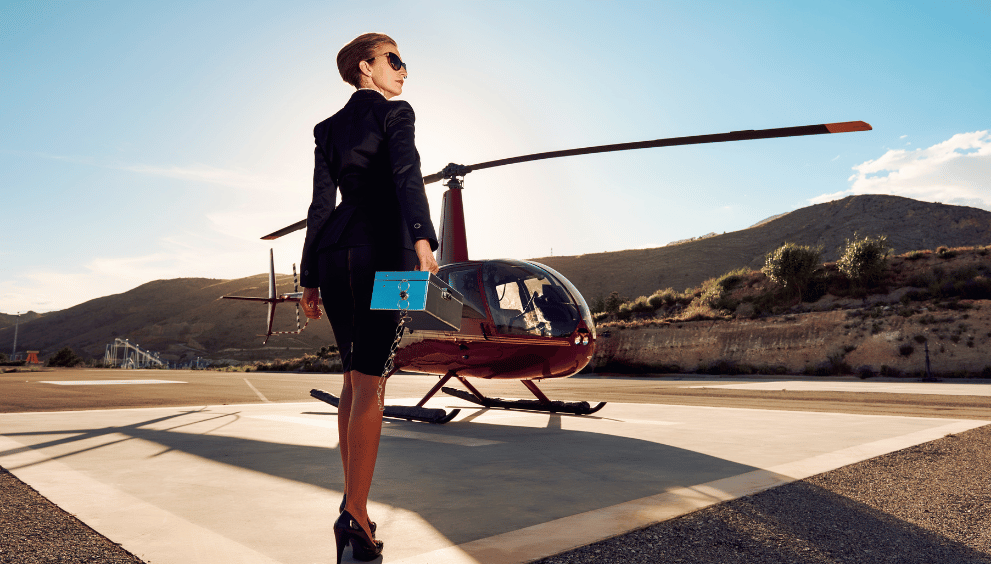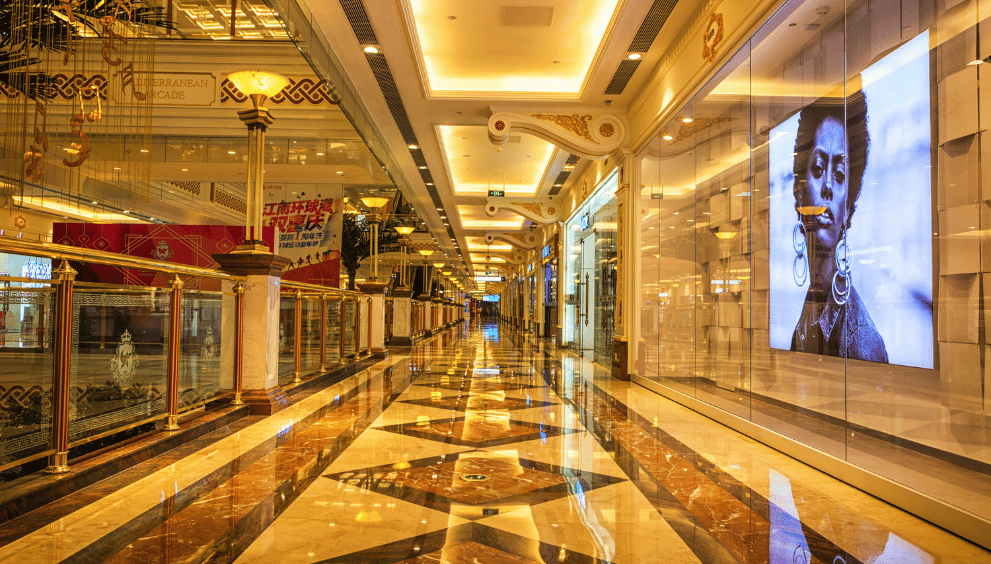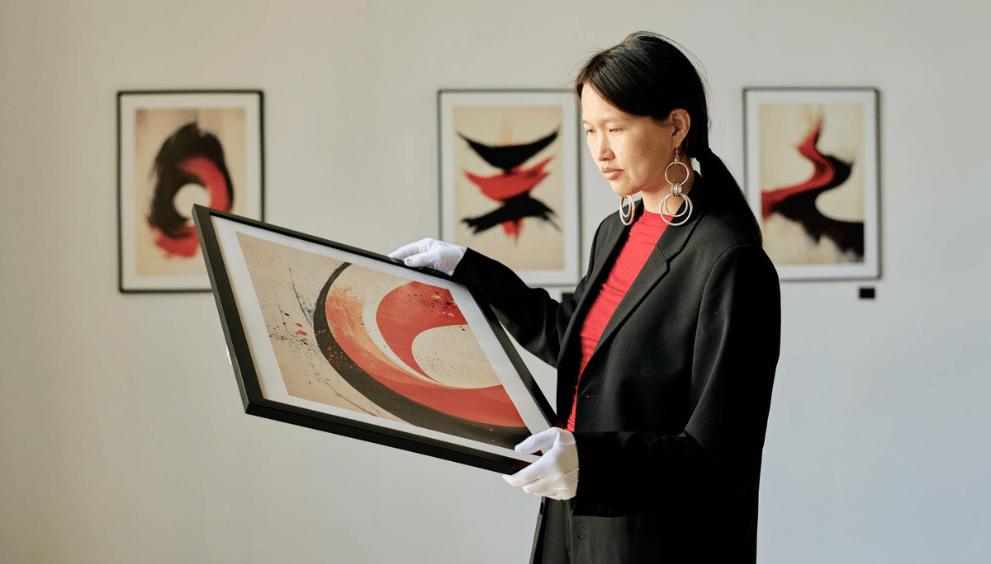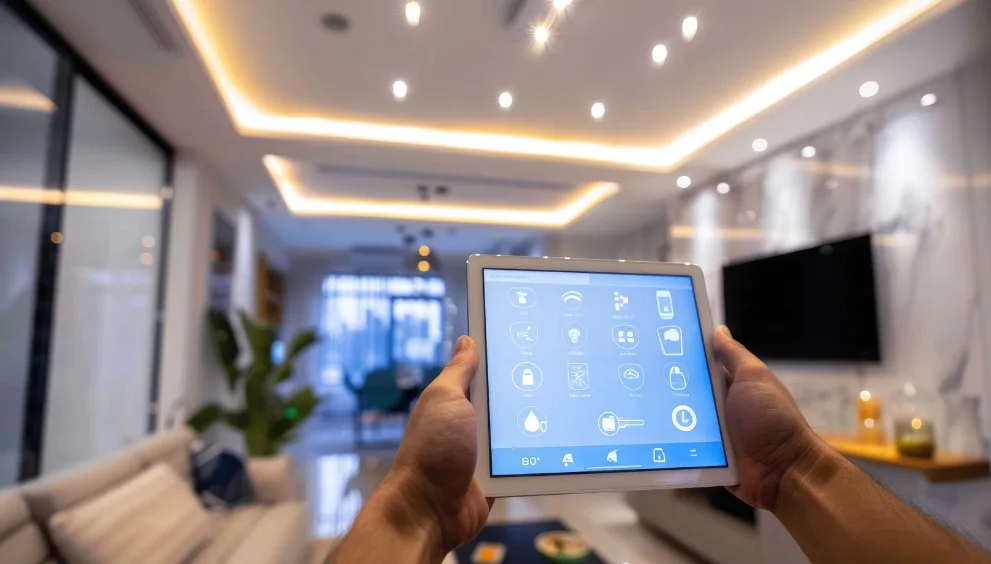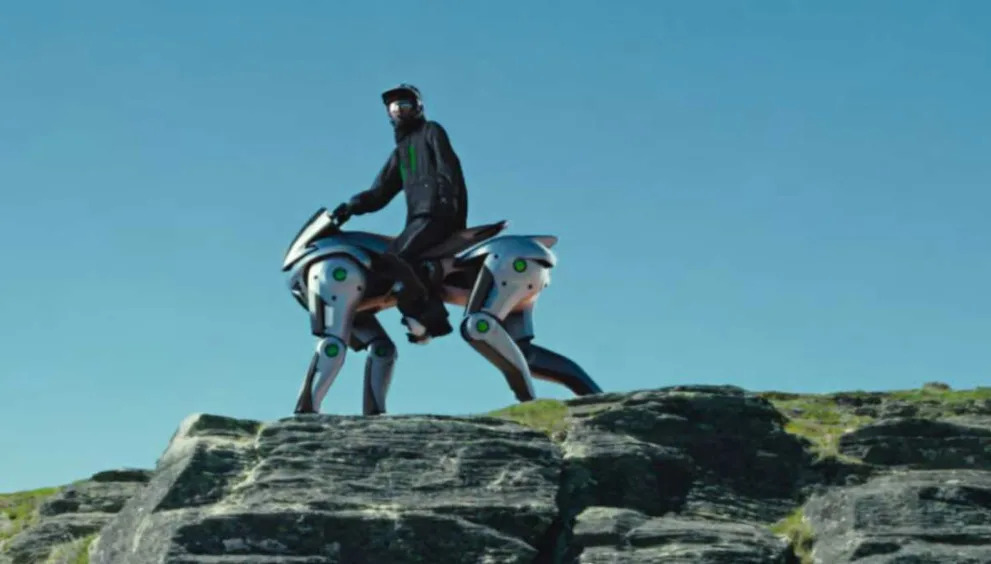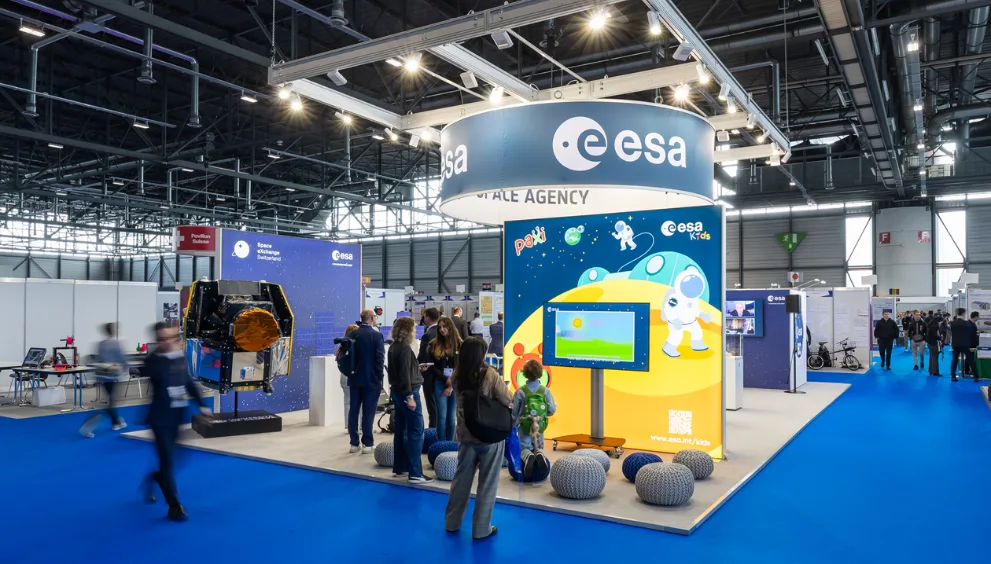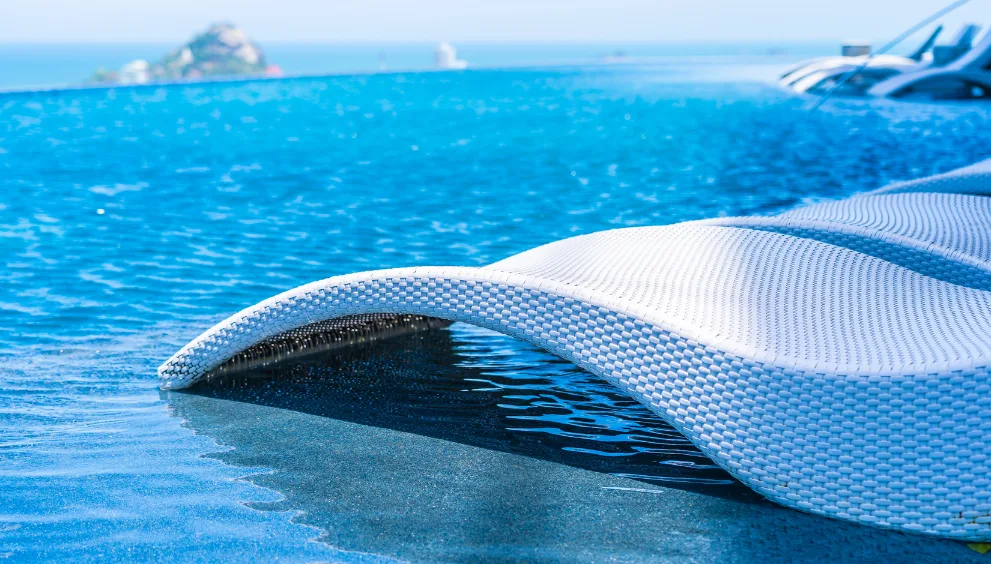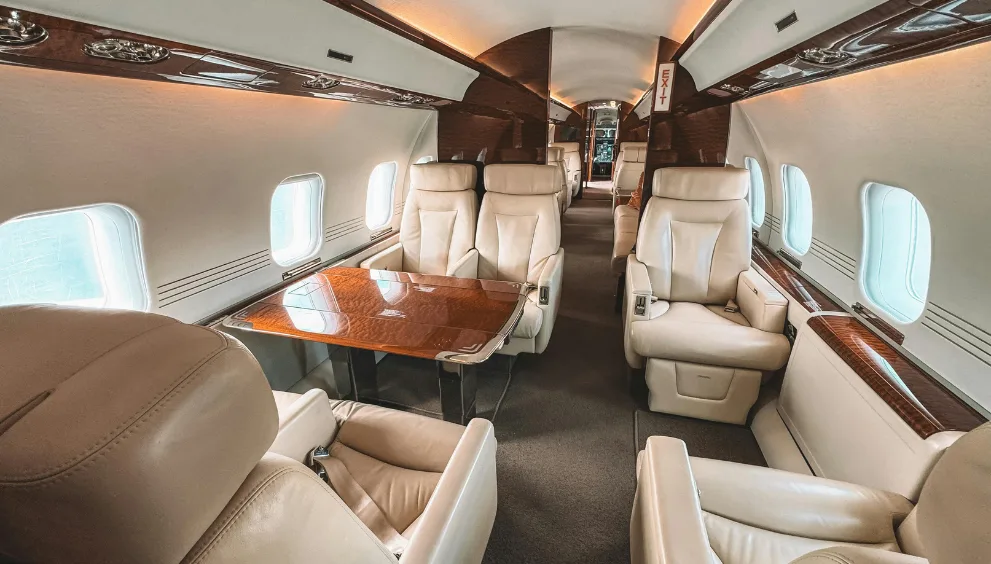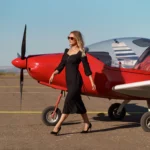How HNIs Are Turning Private Jets into Digital Nomad Studios
Ever imagined that your occupation taking off on a flight could be real? The High Net-Worth Individuals are working from almost 45,000 feet above the land, in a private jet, from soundproof Zoom pods to in-flight crypto trading setups. For them, the sky isn’t the limit; it is just the office. Work from home is over; now it is work from jet!
In this post, we are going to see how HNIs are preparing to turn their private jets into digital nomad studios and why they are doing so, cool features of such studios in the air, what these studios look like, and will this be the future of work?
What is a Digital Nomad Studio, And Its Evolution
The high-net-worth individuals are those with liquid assets above $1M, like CEOs, co-founders, celebrities, and global consultants. For them, time is money. Every second counts, as it can cost millions.
Wasting even an hour flying through cities or countries for work means betting on their precious time, which can earn them profits. Thus, they choose to be digital nomads—people who tend to work while travelling, without a permanent office.
In the case of Digital Nomad Studios, the private jet becomes the office— thus not only saving time but also earning money. Think of a fully functional office in the jet equipped with high-speed Wi-Fi, noise cancellation zones, in-flight staff/assistants, and smart tech.
The digital nomad trend was first seen when people started to work in cafes, on beaches or workcations. Another major event that boosted the trend was the COVID-19 pandemic, leading to remote working. And then the trend adapted into the world of luxury, giving birth to luxury nomadism—a high-end nomadic lifestyle with smart-tech amenities and experiences.
Features of the Jet-Studious
Here are a few interesting things offered by Jet-Studios (private jets turned into a studio)
- Adaptive lighting and temp zones
- Fully soundproof pods
- Multi-screen cloud stations
- Meditation/nap zones
- Studio-grade lighting for filming
- Oxygen-level control + air-purifying systems
- Biometric wearables and AI wellness tools for in-flight recovery
The Sky kit – Gadgets, Apps & Services
When you decide to make big business deals and stay productive even in the sky, you need to be ready with the essentials—
- Starlink Aviation – for fast satellite WiFi
- Time zone sync apps – like TimeBuddy
- Virtual Assistant services – Prialto, Magic
- Remote project collab – Notion, Slack, Frame.io
- Wearables – Oura Ring, Apollo Neuro for focus & sleep
- Jet-set accessories – foldable monitors, noise-cancelling headsets, light therapy glasses
How Are HNIs Turning Private Jets into Remote Workspaces?
Let us look into the list of changes and amenities that help turn a private jet into a digital nomad studio through a few retrofits
– Convertible bed-desk
– Lighting responds to the body’s natural 24-hour sleep-wake cycle
– Smart device hubs such as Amazon Echo, Apple HomePod, etc.
– Studio lighting for Zoom meetings or recording reels, or videos.
They utilize it effectively, for instance, making an investor call en route to a summit or filming a reel or brand campaign, or even using it as a strategy to reduce tax liabilities by spending days in low-tax countries and flying privately and frequently.
Why Are They Choosing Digital Nomad Studios?
For most of us, remote working may mean working in comfy joggers with a well-lit corner of the room. But for the HNIs, time is the biggest asset; a poor Wi-Fi connection doesn’t make sense. Jets offer privacy when you have to share confidential documents.
HNIs can work while flying between time zones. Work-life synergy with a built-in spa, sleep, and pitch deck. And more than anything, it adds to their brand identity!
However, it comes at a cost- sometimes tech can fail due to climatic conditions 45,000 feet above the land. And we cannot forget the environmental impact. But when you are earning 10 times what you are spending, the cost doesn’t make a difference for the HNIs.
Office-in-the-sky tour
What a “work cabin” really looks like (perhaps one day in business jets like a G650 or Global 7500)
Work zone—
– Fully reclining ergonomic chairs that swivel and adjust
– Custom desks with docking stations, wireless charging pads, and anti-glare lighting
– 4K smart screens for presentations, video calls, or editing content
– Green screen backdrops and camera mounts built into the cabin walls
Tech Zone—
– Dual satellite WIFI systems
– Private VPN servers and end-to-end encryption firewalls
Lounge Zone—
– Plush sofas, conference-style tables, and iPad-controlled mood lighting
– Massage chairs, light therapy stations, or biometric health monitors
And there is always space for personalisation!
Who Else Benefits From This Trend? (Emerging Jobs)
The ripple effects of this trend will be wide. Many new jobs will be created, and innovations in various domains will be observed.
– Aviation—private jet charters, jet interior designers, flight tech start-ups
– Media—Content creators and luxury influencers can make use of lighting, acoustics, and aerial cinematography for ultra-premium social content
– Health—airborne therapists and biohack consultants
– Remote Work Platforms—More demand for async, timezone-flexible tools
– Others—In-flight crew with IT experts, productivity managers, and biohack coaches
Will This Be the Future of Work?
After looking at the topic in all other dimensions, we need to look at its practicality. For HNIs, it is 100% because time is money. The best part is, you do not necessarily need to own a private jet for this, as you can join jet membership programs like NetJets or WheelsUp.
In the coming years, this trend will likely rise, with amenities like coworking planes and premium memberships on commercial flights offering quiet work cabins, meeting pods, or content creator studios.
As the technology scales and the aviation industry flies higher, part of this digital nomad studio model will trickle down. So get ready for a hybrid work experience where you are perhaps 3 days in the on-site office and 2 days in the in-flight office.


